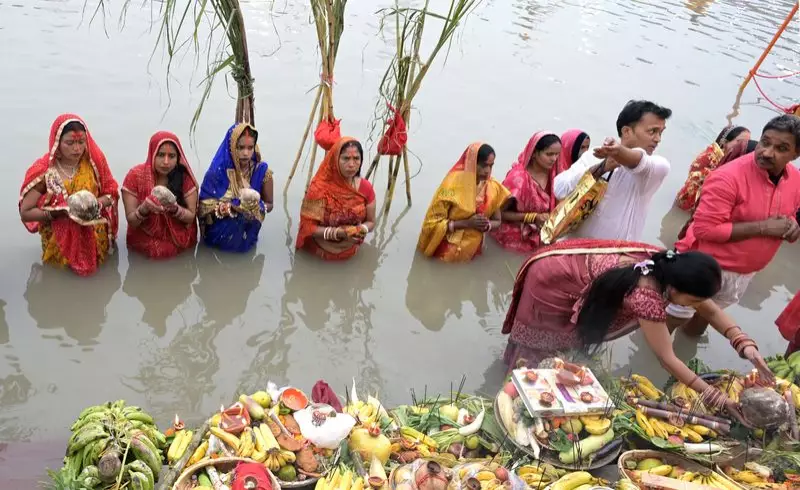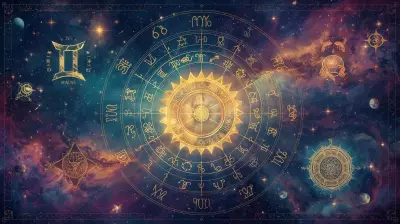
As the golden hues of dawn painted the sky, millions of devotees gathered at riverbanks and water bodies across India to celebrate Chhath Puja, one of the most ancient and spiritually significant festivals in Indian culture. The air resonated with devotional songs and chants as worshippers offered their prayers to the Sun God.
The Sacred Rituals Unfold
The four-day festival reached its climax with devotees standing waist-deep in water, offering Arghya (offerings) to the setting and rising sun. The picturesque scenes captured the essence of devotion and tradition, with families maintaining the sacred practices passed down through generations.
A Festival of Faith and Discipline
Chhath Puja is renowned for its strict rituals and unwavering discipline. Devotees observe:
- 36-hour rigorous fasting without water
- Holy dips in rivers and ponds
- Offering prayers to the setting and rising sun
- Traditional offerings including fruits, sugarcane, and homemade sweets
Spiritual Significance and Cultural Heritage
This ancient festival, primarily celebrated in Bihar, Jharkhand, Uttar Pradesh, and parts of Nepal, honors the Sun God for sustaining life on Earth. The rituals symbolize gratitude, seek blessings for family prosperity, and celebrate the healing powers of solar energy.
The evening Arghya ceremony created a mesmerizing spectacle as thousands of earthen lamps illuminated the water bodies, with devotees holding bamboo baskets filled with offerings. The synchronized prayers and collective devotion demonstrated the deep-rooted cultural unity among participants.
Modern Celebrations Meet Ancient Traditions
While maintaining its traditional essence, Chhath Puja has adapted to urban settings, with artificial ponds and designated water bodies created in metropolitan cities to accommodate the growing number of devotees. The festival continues to bridge generations, with young and old participating equally in the sacred observances.
The conclusion of the festival saw emotional scenes as families broke their fasts together, sharing prasad and embracing the blessings of the Sun God, carrying forward a legacy that has illuminated Indian culture for centuries.





